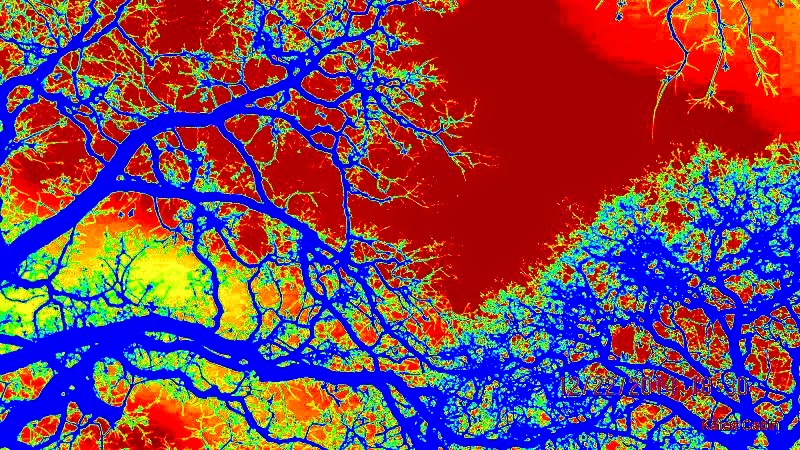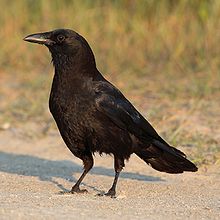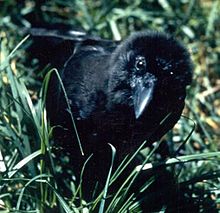
Hi Everybody!!
Merry Christmas to All. I want to thank all of you who continue to visit this Blog. This past summer I began a new Blog where I am currently featuring the Hummingbird Migration Highlights of 2014. I invite you to visit my new Blog at: katescabin.blogspot.com.
I no longer share information or you tube videos on my Blog because they are sometimes removed. I apologize for any blank spaces you may see in this Blog. My new Blog is 100 percent original digital content with hundreds on hummingbirds! Come see me there! brendasue


...this is brendasue signing off from Rainbow Creek. See you next time!

O+O






















